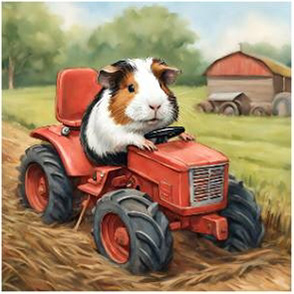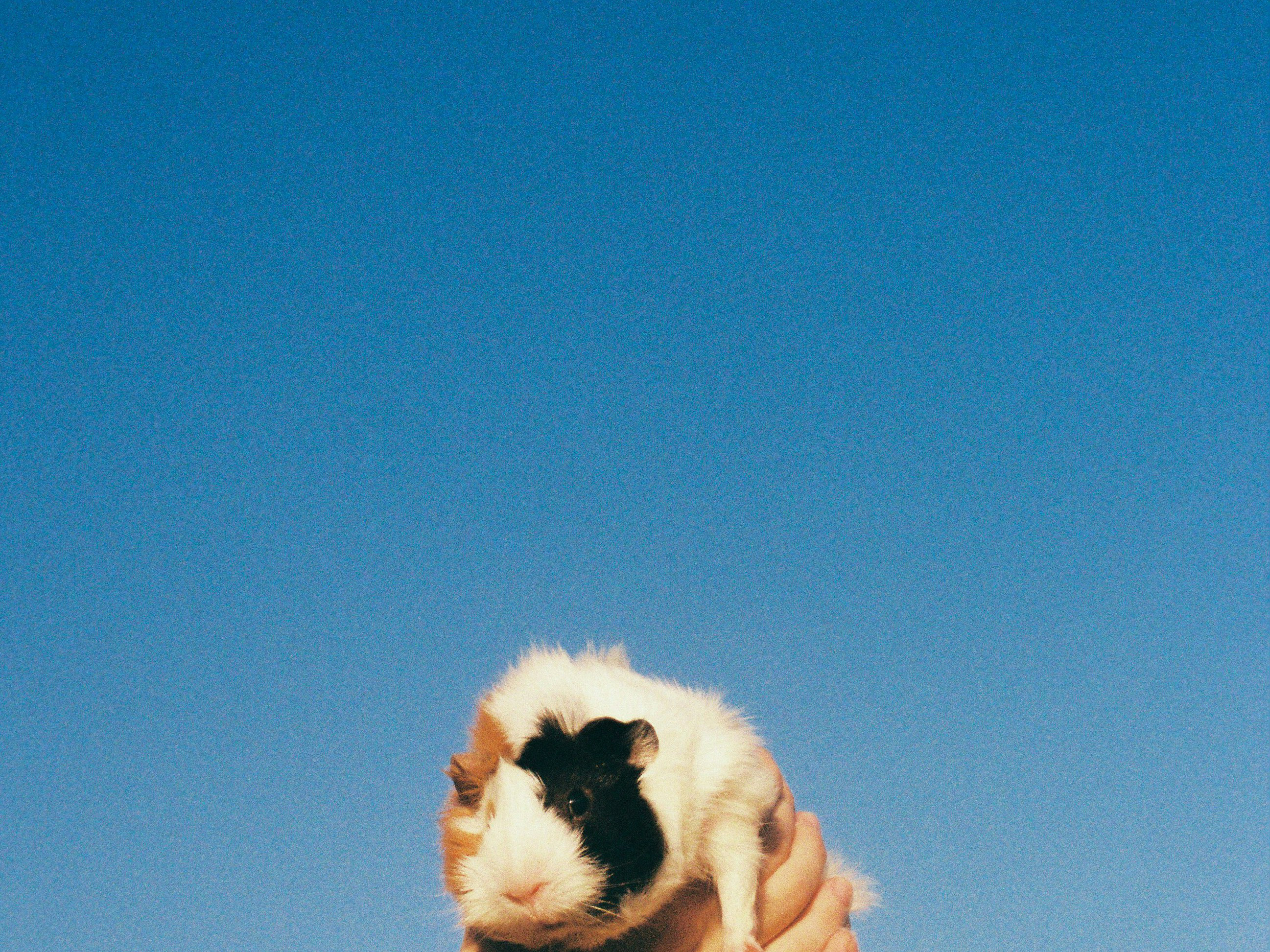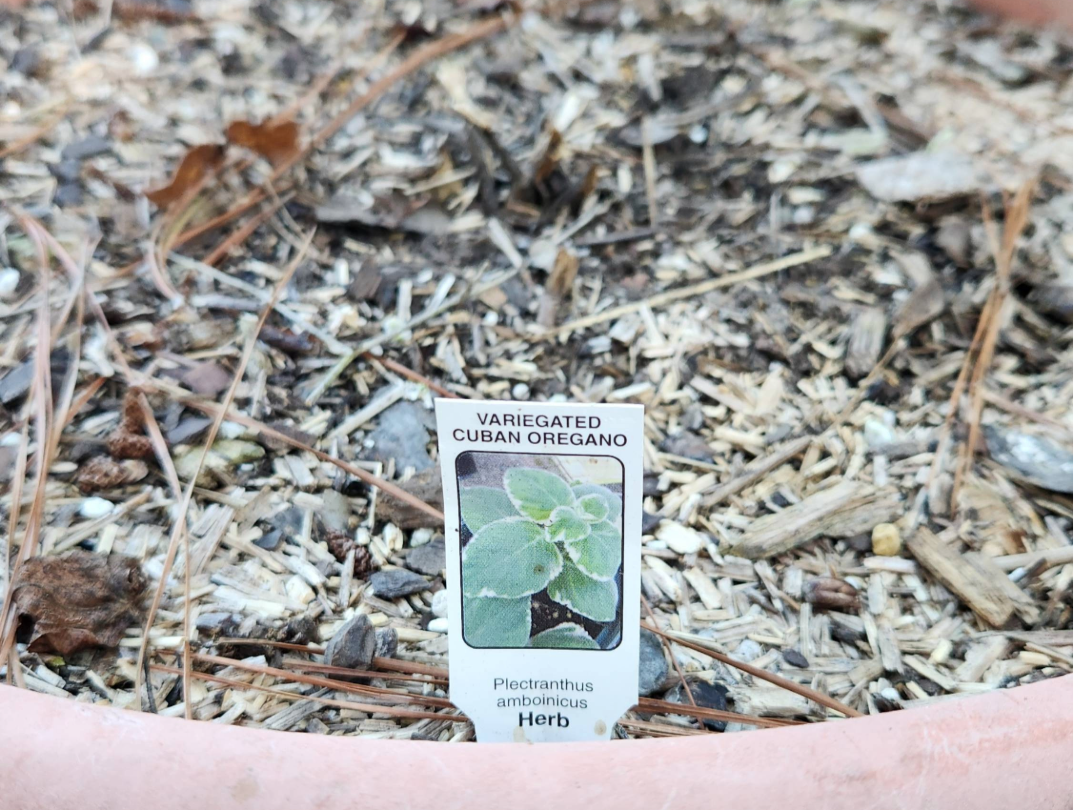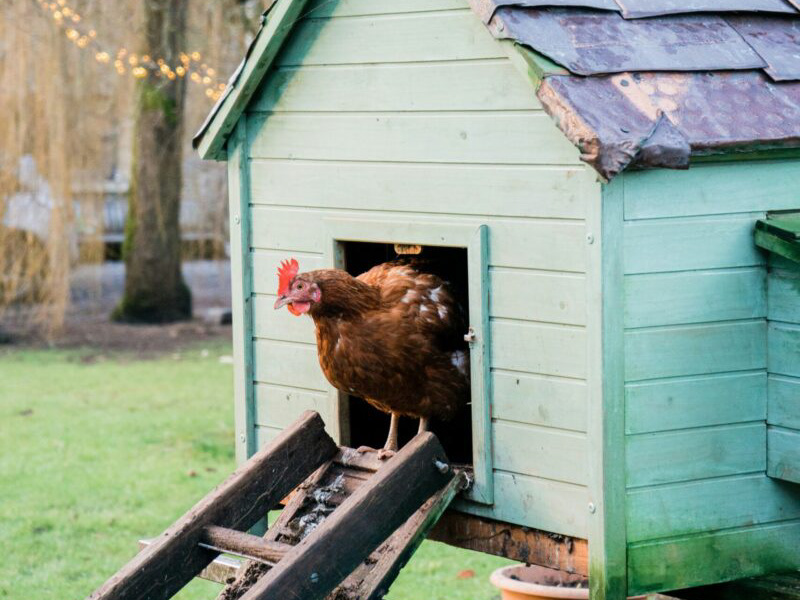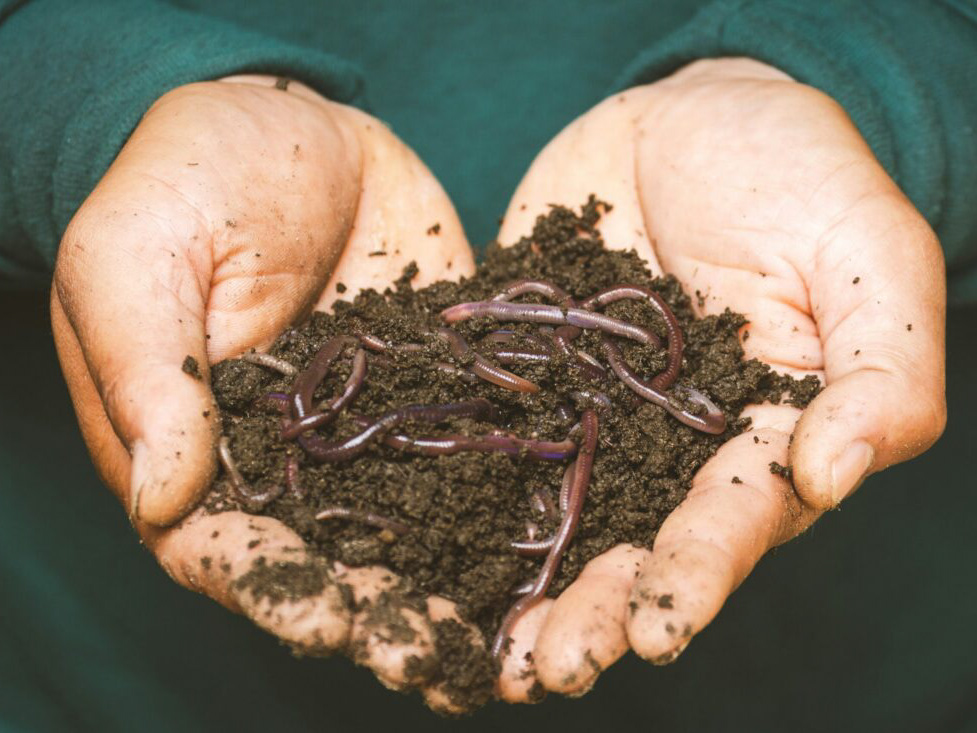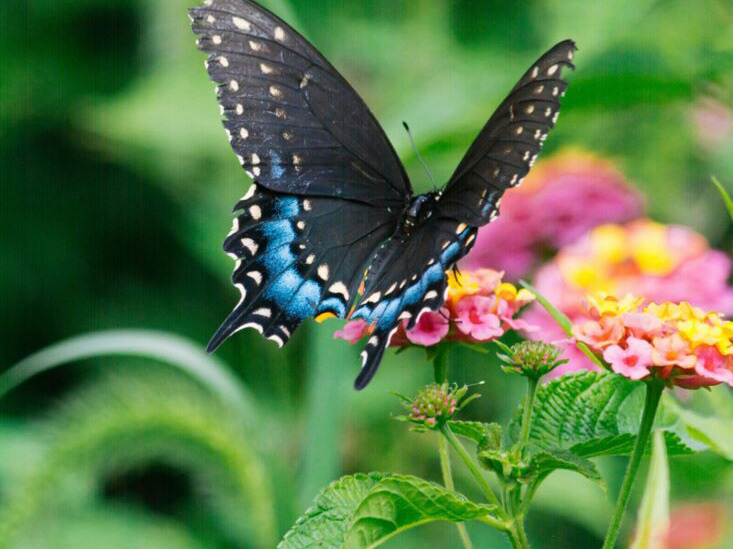How I bamboozled my guinea pigs
Hello friends, Bamboo and guinea pigs go great together. In this blog I will be discussing some of the plants that grow naturally here around the garden. The plants that I will be going over are the ones I have been giving my guinea pigs. As you may know guinea pigs need a lot of fiber and should always have hay to chew on. Why would I try finding a substitute for hay to give my guinea pig?
Hay Days
I have sourced hay from the feed store and from amazon. The feed store was much cheaper. Amazon offered types of hay that were not grown in my area. I grew increasingly concerned about sourcing hay that people might treat with herbicides. This has led me on a journey to find plants to grow that are guinea pig safe.
The Plan
This garden is new though and has a lot of growing to do. In the meantime, I will be sourcing what I can that is already growing here, safe for the guinea pigs to eat. I already know of a few plants and I am here to share them with you. And the story of how I bamboozled my guinea pigs out of hay begins.
Bamboo
Bamboo, with its resilient growth and widespread availability in many regions, can be an enticing option for pet owners to explore. Specifically, bamboo leaves, which differ from the tender bamboo shoots consumed in Asian cuisines, possess noteworthy nutritional properties.
Vitamin and Mineral Profile of Bamboo Leaves
Generated by GPT-4.
Bamboo leaves, like many green plants, are a source of various essential vitamins and minerals that can potentially benefit the diet of a guinea pig. Here’s a more detailed look:
Vitamin A: Bamboo leaves contain beta-carotene, which is a precursor to vitamin A. Vitamin A is crucial for vision, growth, and immune function. For guinea pigs, it helps maintain healthy skin, vision, and overall growth.
Vitamin K: This vitamin plays a significant role in blood clotting. While guinea pigs, like humans, can produce vitamin K through bacteria in their intestines, having an external source ensures they get an ample supply.
Potassium: Bamboo leaves are a good source of potassium, a mineral vital for maintaining proper muscle function and nerve function. It also helps in maintaining fluid balance in the body of the guinea pig.
Iron: Iron is essential for the production of red blood cells. A deficiency in iron can lead to anemia, a condition where there aren’t enough red blood cells to carry oxygen efficiently. Including bamboo leaves in the diet can contribute to a guinea pig‘s iron intake.
Calcium: Bamboo leaves do contain calcium, which is essential for bone health and muscle function. However, guinea pig owners should be aware that excessive calcium intake, especially in adult guinea pigs, can lead to bladder stones.
Magnesium: Another mineral found in bamboo leaves, magnesium is important for various biochemical reactions in the body, including those that produce energy, synthesize DNA, and contract muscles.
Phosphorus: This mineral, working closely with calcium, plays a role in maintaining strong bones and teeth. Additionally, it’s involved in energy production within the body.
Fiber: Just like hay, bamboo leaves provide a good amount of dietary fiber. Guinea pigs have a digestive system that requires a constant supply of fiber to function optimally. This fiber helps maintain their gastrointestinal health and ensure regular bowel movements. Bamboo leaves, being fibrous, can help meet this need.
Silica: Interestingly, bamboo leaves are a source of silica, which plays roles in bone and connective tissue health. While there’s no specific known benefit of silica for guinea pigs, it’s a component worth noting.
Flavonoids and Phenolic Compounds: These compounds are known antioxidants. Antioxidants help combat oxidative stress, a cellular imbalance due to free radicals. While guinea pigs primarily derive their antioxidant needs from vitamin C-rich foods, the presence of these compounds in bamboo leaves might offer additional benefits.
Tannins: A word of caution, bamboo leaves may contain tannins. Tannins are naturally occurring compounds found in various plants. While they have some health benefits, they can also interfere with the absorption of certain nutrients if consumed in large amounts.
While bamboo leaves have proven to be a worthy supplement by offering a range of vitamins and minerals, It’s essential to remember no single food source can provide everything a guinea pig needs and that any dietary change should be introduced gradually.
Are there any plants you are curious about? Let me know with a comment if so! As I continue this journey, I’ll be exploring more plants that I can introduce to the guinea pigs here at the GPG.
